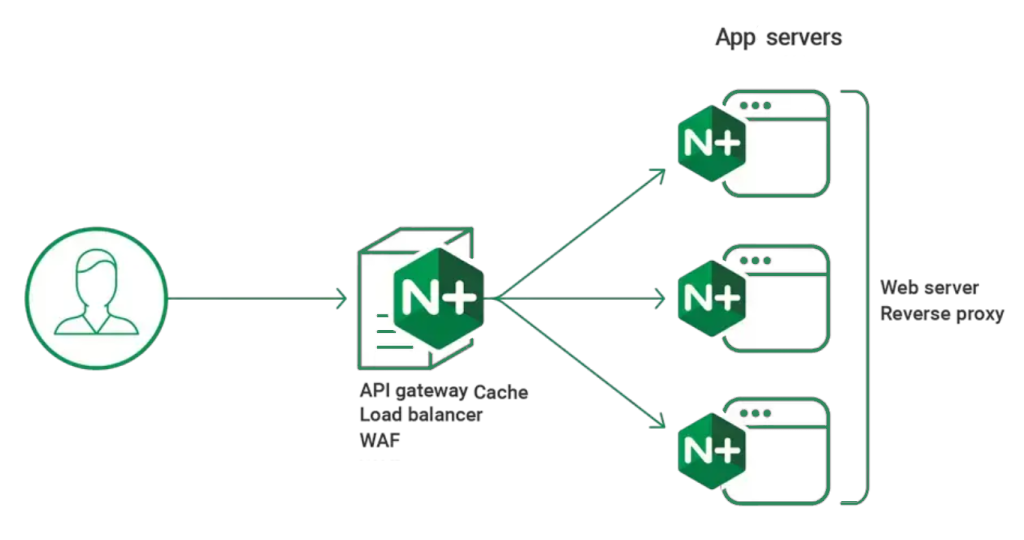Protocol TCP
What is Protocol TCP?
Protocol TCP, or Transmission Control Protocol, is a core communication protocol in the internet protocol suite. It provides reliable, ordered, and error-checked delivery of data across networks. TCP is connection-oriented, which means that each transmission requires an established connection before it can be sent.
TCP operates at the transport layer of the TCP/IP model, ensuring the delivery of packets from a source to a destination device. It manages the sequencing, flow control, and acknowledgment of data packets sent between devices.

Why is Protocol TCP Important?
Protocol TCP plays a critical role in modern internet communication. It is widely used in applications that require reliable data transmission, such as web browsing, email, file transfer, and real-time communication protocols like VoIP and video streaming.
The reliable nature of TCP ensures that data sent over the internet arrives intact and in the correct order. It achieves this by using sequence numbers, acknowledgments, and retransmission mechanisms to deal with packet loss, network congestion, and other issues that may occur during transmission.
How Does Protocol TCP Work?
When a TCP transmission is initiated, a connection is established between the source and destination devices. This connection is managed using a three-way handshake, where the devices exchange synchronization (SYN) and acknowledgment (ACK) packets to establish the connection parameters.

Once the connection is established, data can be transmitted in small packets called segments. Each segment contains a header with control information, such as sequence numbers and checksums, to ensure the data’s integrity. The segments are then reassembled at the receiving end to reconstruct the complete message.
During transmission, TCP monitors the network for congestion and adjusts its transmission rate accordingly. This flow control mechanism helps prevent packet loss and ensures efficient use of network resources.

Key Characteristics of Protocol TCP
TCP boasts several key characteristics that contribute to its effectiveness:
-
Reliability: Protocol TCP provides reliable data delivery by using acknowledgment and retransmission mechanisms. This ensures that data is received correctly and in the intended order.
-
Error-Checking: TCP uses checksums to verify the integrity of data. This helps detect and discard corrupted or tampered packets, ensuring data integrity.
-
Flow Control: TCP employs a flow control mechanism to manage the rate of data transmission. This prevents receiver buffer overflow and avoids congestion on the network.
-
Connection-Oriented: TCP establishes a connection before data transmission, ensuring that both the source and destination devices are ready to exchange data.
-
Compatibility: Protocol TCP is widely supported and compatible with different operating systems and network devices. This makes it a versatile choice for various applications.
Conclusion
Protocol TCP is a crucial component of the internet’s communication infrastructure. Its reliability, error-checking capabilities, and flow control mechanisms make it an ideal choice for applications that require guaranteed delivery of data. By understanding how TCP works and its advantages, you can better appreciate the importance of this protocol in modern network communication.
For more information on Protocol TCP:
Latest blog posts
Explore the world of programming and cybersecurity through our curated collection of blog posts. From cutting-edge coding trends to the latest cyber threats and defense strategies, we've got you covered.


